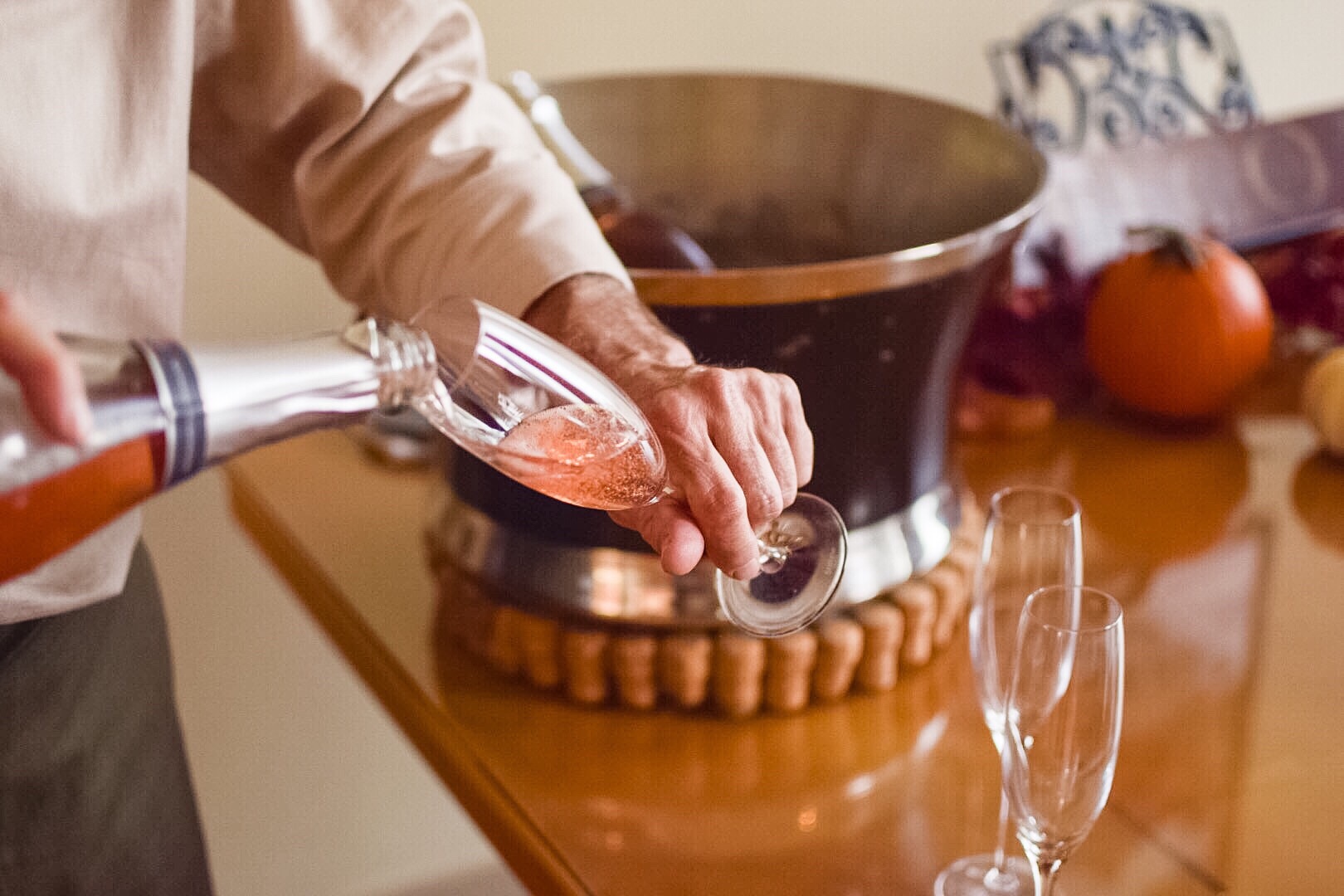If you’re hosting Thanksgiving or Christmas dinner, or any number of other holiday meals or parties, one of the pressing questions every year is what wine to serve. You can always go with the tried and true. But what about something different this year? We decided to go straight to the source. Our Food Editor Nicole Douillet has a surprising suggestion for your holiday events: rosé! It may represent the idea of endless summer – but you can happily drink rosé year-round. Here are the top reasons you can – and perhaps should – be drinking your favorite rosé this Thanksgiving, and throughout the holiday season.
luxury lessons: which wine to serve for Thanksgiving and throughout the holiday season
Here at Dandelion Chandelier, we’ve been on a journey to learn about the world of fine wine and spirits. We’ve been schooled on orange wine, Japanese whisky, tequila, and mezcal. And heard the origin story of the hottest bar in New York City. We’ve even become privy to the secret recipe for the best eggnog in the world.
Now Nicole Douillet, our Food Editor, has arranged for us to take a master class on the topic of the best wine to serve on Thanksgiving and throughout the holidays.

Why to drink rosé for Thanksgiving and the winter holidays this year.
Here are our questions about which wine to serve for Thanksgiving and the holiday season, and what role rosé might play, asked and answered.
1. When we think of rosé, we think of summer evenings by the beach. But is rosé more versatile than that?
Oh, yeah. Rosé has really gained in popularity, and rosé is not just for the summer. I love what Wölffer Estate “Summer in a Bottle” and Whispering Angel have done for the rosé market. It’s actually astonishing to me. And, I think rosé is really at a peak right now.
The thing is, there really isn’t a lot of super-expensive rosé. All people generally want to know about rosé is whether it’s dry. People don’t want to know what it tastes like. They just assume that “rosé tastes like rosé.” But there can be a big variation in the characteristics of different rosés, which means you can successfully pair rosé with grilled fish, roasted lamb, and even Thanksgiving dinner.
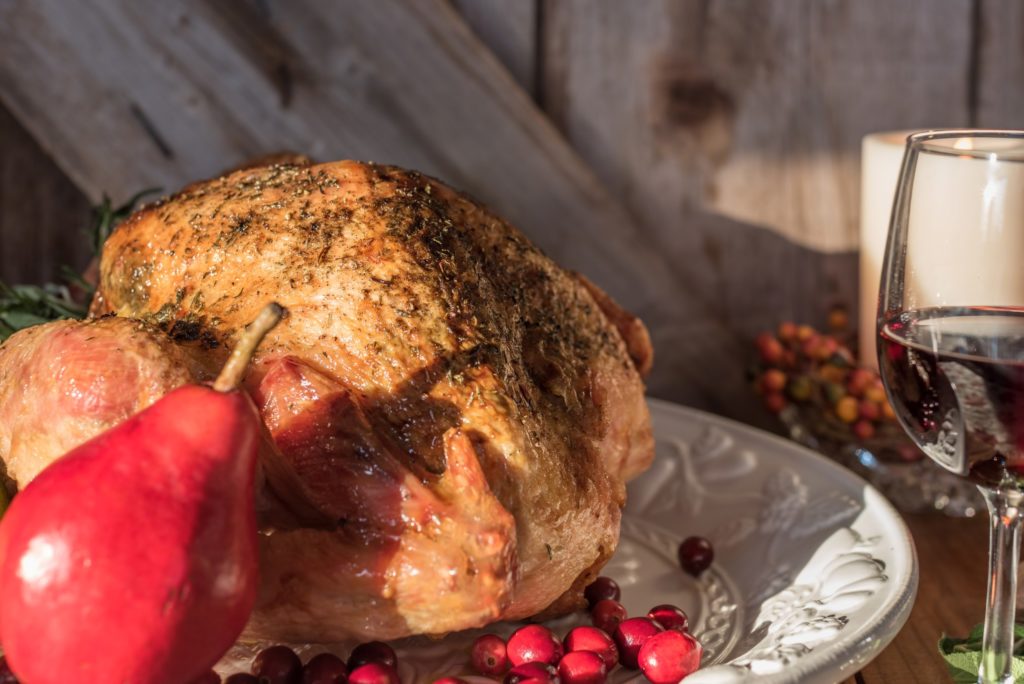
Why you should drink rosé for Thanksgiving and the winter holidays this year.
For example, when I think of more robust rosés from Northern Italy, which tend to be darker in color, I think about having them with grilled meats. Because they can be more fruit forward, but still dry. Whereas a lighter rosé from southern France would be the perfect thing to sip while lounging by the pool, or to accompany a lighter lunch on a hot day.
For a Thanksgiving pairing, you could go either way. The richer rosés will still be lighter than a light red wine, with nice fruit to complement all of the side dishes. If your Thanksgiving flavors skew a bit lighter or more acidic than the heavy New England Thanksgivings I’m used to, a lighter, crisper rosé will be a perfect accompaniment.
I think the versatility is one of the big reasons people like rosé . Plus, it’s not expensive, and you don’t generally need to know more about it than whether it’s dry. So, for novice wine drinkers, it’s a no-brainer. And, when people ask if it’s dry, they basically want to make sure that they’re not buying the same bottle of white zinfandel that their grandmother used to drink over ice.
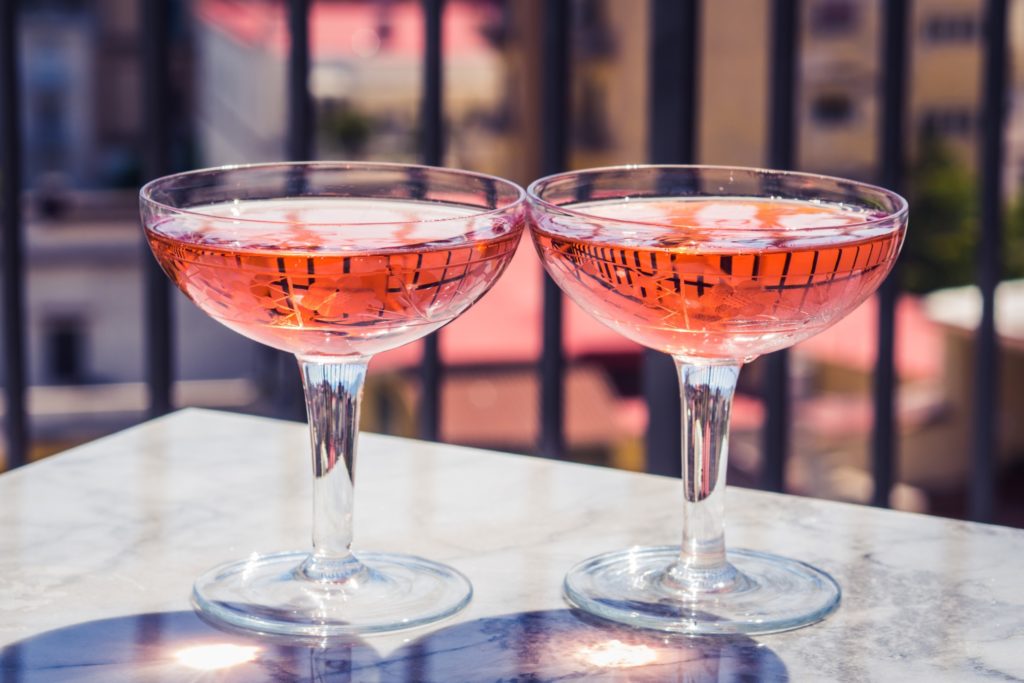
Why to drink rosé as the best wine for Thanksgiving and the winter holidays this year.
2. The Aperol Spritz seems to be gaining ground on rosé among the fashion crowd.
It seems like spritzes and Negronis are the new fad in cocktails. It feels like every bar has a spritz list or a Negroni list (or maybe both!). If you saw the article in the New York Times over the summer about the Aperol Spritz, I think it makes some good points. I think the headline compared the Aperol Spritz to drinking a Capri Sun after soccer practice on a hot day. And not in a good way.
If we’re talking about cocktails, I don’t think the Aperol Spritz is a particularly well-balanced cocktail. It’s too sweet for me. It doesn’t have the bitterness that it needs to counter-act the sweetness of the prosecco, because Aperol is so sweet. I personally enjoy a Negroni every now and then during cocktail hour. However, as we prepare for Thanksgiving, if you want to serve a cocktail to guests before dinner, I would opt for something a bit lighter, both in taste and alcohol content.
At my house, we start with champagne. But if you wanted to spice things up a bit, you could easily create a riff on a classic champagne cocktail by adding 3 dashes of grapefruit or rhubarb bitters to a glass of champagne and garnish it with a lemon twist. This will whet your guests’ appetites and feel festive without filling them up.
3. Within the rosé category, are there meaningful “sub-categories”? Some are darker in color, maybe some are more robust in flavor?
The characteristics that rosés exhibit come from various factors. One of the most important factors is the grape used to make rosé .
But you can’t always judge a book by its cover. Not every light rosé drinks the same, just like not every darker rosé drinks the same. For the most part, a lighter rosé is just perfect for the summer. And a rosé that has a darker color would usually have a more robust mouth feel, and therefore better for the winter holiday season. You generally get more of the tannins that you expect in red wine with a darker-colored rosé because it likely spent more time on the skins than the very light rosés. But this isn’t always the case. So, it’s always good to ask about what to expect from a bottle of wine before you buy it.
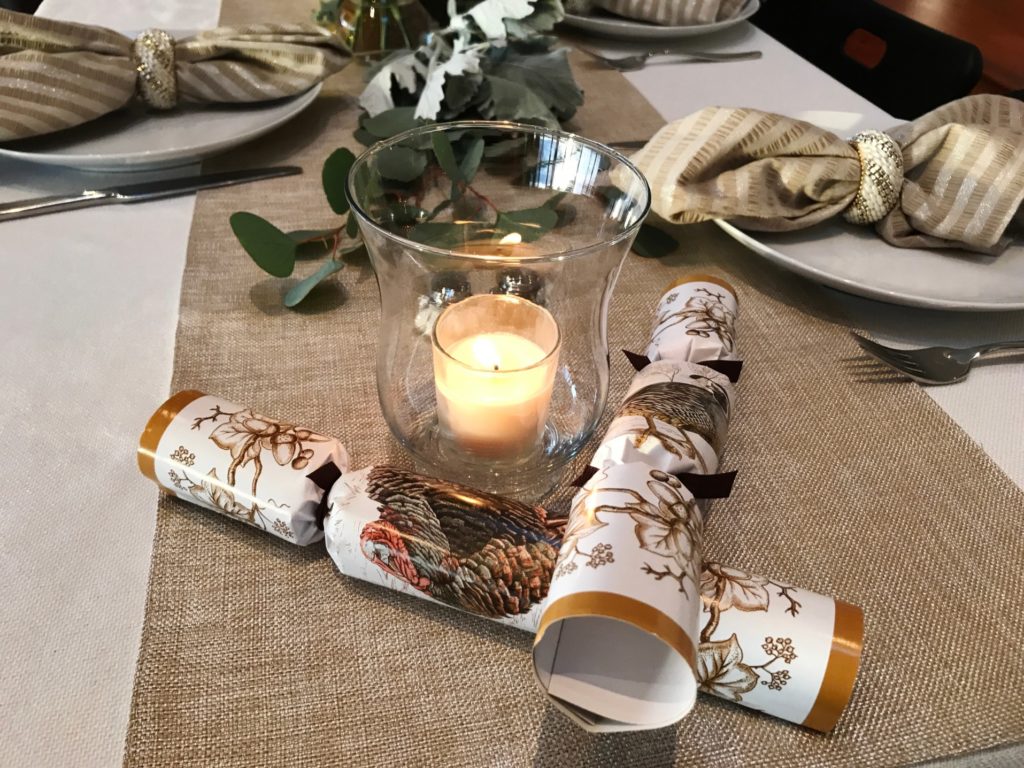
Why its a great idea to drink rosé for Thanksgiving and the winter holidays this year.
4. Are there important differences between rosé from France, Portugal, Spain, Italy and rosé from the United States?
For the most part, the differences between rosés are because of the grapes used, the regions where they’re grown, and length of time they spend on the skins during the fermentation process.
In general, I think of rosés from Provence or Southern France as a bit lighter, so they pair well with oysters, lighter fish, etc. In Northern Italy, I’ve found some really delicious rosés that are more robust, darker in color. So, I think of barbecued chicken, or grilled meats when I think about those. But it all depends on the grape, the region and the producer. So, I would ask your sommelier or the person you trust at your wine store to tell you what to expect from a particular bottle.

What is the best wine for Thanksgiving and the holidays this year?
5. Are the rosés made in the Hamptons any good?
There are some excellent wines coming out of the Hamptons and the North Fork of Long Island.
Wölffer Estate in Sagaponack makes probably the most iconic rosé of that region. Their “Summer in a Bottle” is a beautiful bottle, so people are drawn to it instantly. But it’s also very good – exactly what you want to drink on the beach in July, but would also pair very well with turkey and stuffing.
Wolffer also makes a dry rosé cider in three different versions, which would be a great beverage to serve before Thanksgiving dinner. They sell it in 4-packs of 12-ounce bottles, so you feel like you’re holding a beer, but it drinks more like a rose wine. It would also be delicious out of a champagne flute or wine glass.
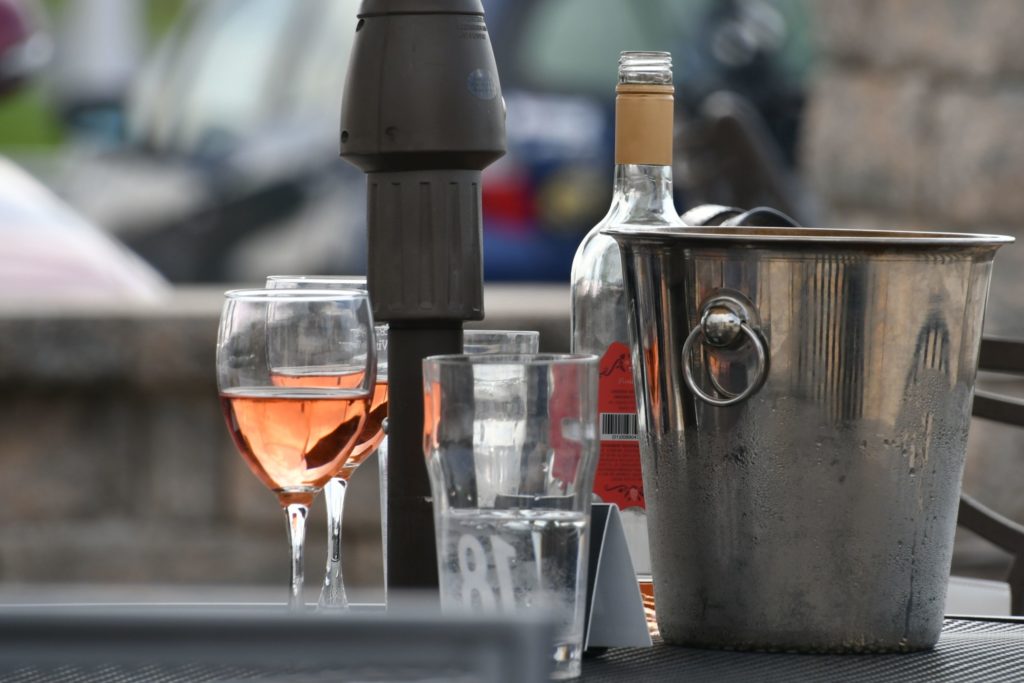
Why to drink rosé as the best wine for Thanksgiving and the winter holidays this year.
Bedell Cellars in Southold on the North Fork is another excellent producer. Their rosé is dry, but a little more full-bodied than the Wolffer. It’s more of a wine to be opened with whatever you’re throwing on the grill and would also fit right on your holiday table.
McCall Vineyard in Mattituck on the North Fork also makes a very good rosé. It’s harder to find in wine stores but shows up on various wine lists at restaurants in New York City.
There’s a vineyard in Southold called Croteaux that only produces rosé wine, both still and sparkling. They have an enchanting tasting garden which is open during the summer, and their rosés are all very good. Wines from Long Island are very vintage-specific, meaning that a wine can drink very differently from year to year. Croteaux makes very good rosé, but I find that each summer my favorite one changes based on how the grapes are showing. That’s also a good excuse to visit the tasting room each summer!
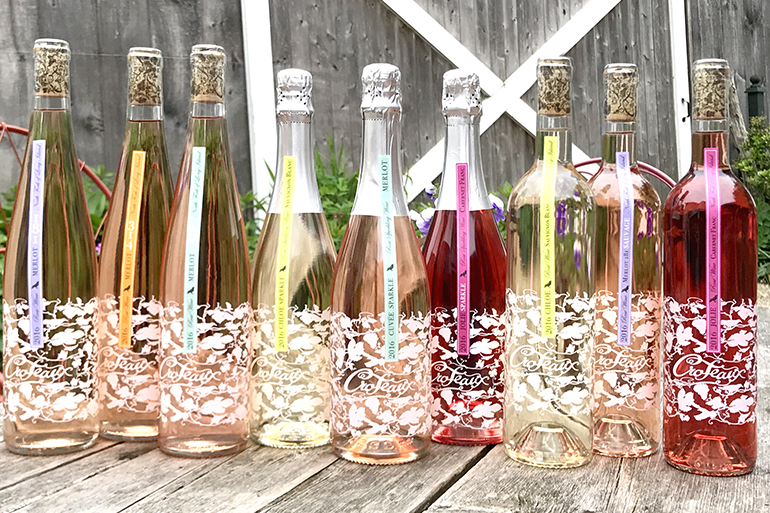
Why to drink rosé as the best wine for Thanksgiving and the winter holidays: Croteaux Vineyard. Courtesy Photo.
Lieb in Mattituck makes Bridge Lane rosé and they “bottle” it in a box and in 12-ounce cans. If you’re not sure how much wine your holiday guests will drink, this could be a smart way to go.
6. What are your top 5-7 picks for rosé for the holiday season?
Lopez rosés from Rioja are hitting $300-400 per bottle; it might sound crazy, but his wines are stunning. They’re released in only very rare years, so they’re hard to find. If you can find a bottle in your local wine store for $40-50 a bottle, buy it! Actually, Eleven Madison Park has a bottle on their list for $75, which is a great price.
Wölffer Estate “Summer in a Bottle” is a great choice.
Whispering Angel is another super-popular rosé, and for good reason. It’s produced by Chateau d’Esclans in Provence and is actually the #1 selling imported French wine. It’s easy to drink, easy to find, and not expensive.
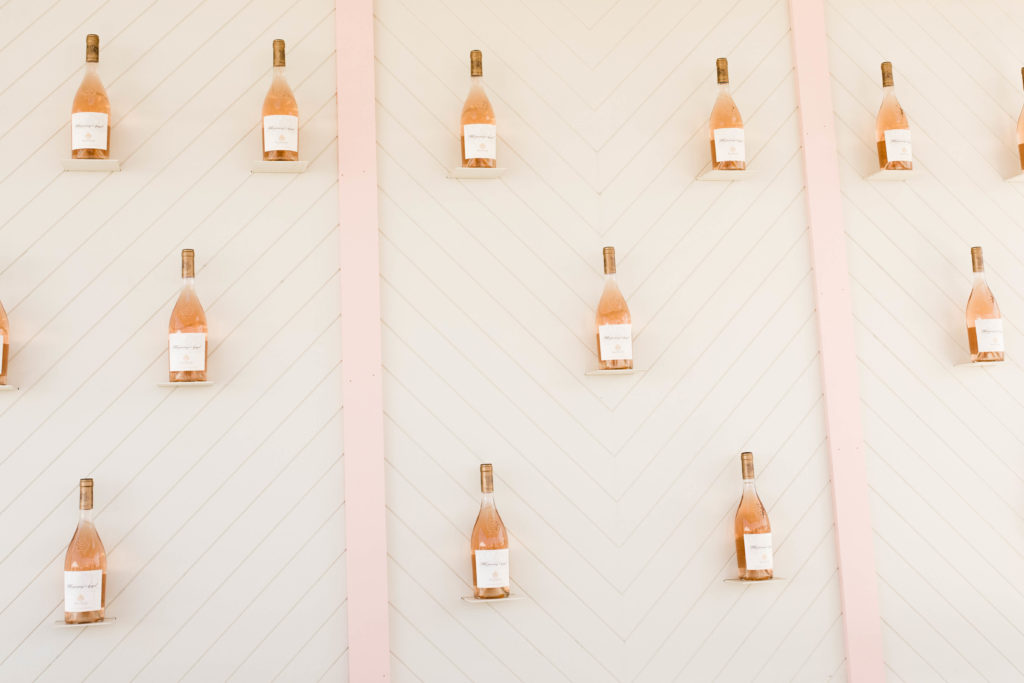
Why to drink rosé as the best wine for Thanksgiving and the winter holidays: Whispering Angel. Photo Credit: Bloom Photography.
I love the Turley white zinfandel. It’s my guilty pleasure… But, it’s not actually that guilty because it’s made by Tegan Passalacqua, who makes the wine at Sandlands. It’s one of the most sought-after, tiny production wines in California.
7. We wrote about wine in a box last summer and a number of them were rosé. Any thoughts on wine in a box, in a can, with a screw-top? Can they be just as good as a glass bottle with a cork?
Sparkling wine in a can is definitely taking off, and would be another fun way to kick off a holiday gathering. I love Ramona. It’s excellent. Ramona is all organic zibibbo, which is muscat from Sicily with organic lemons or organic grapefruits from Sicily.
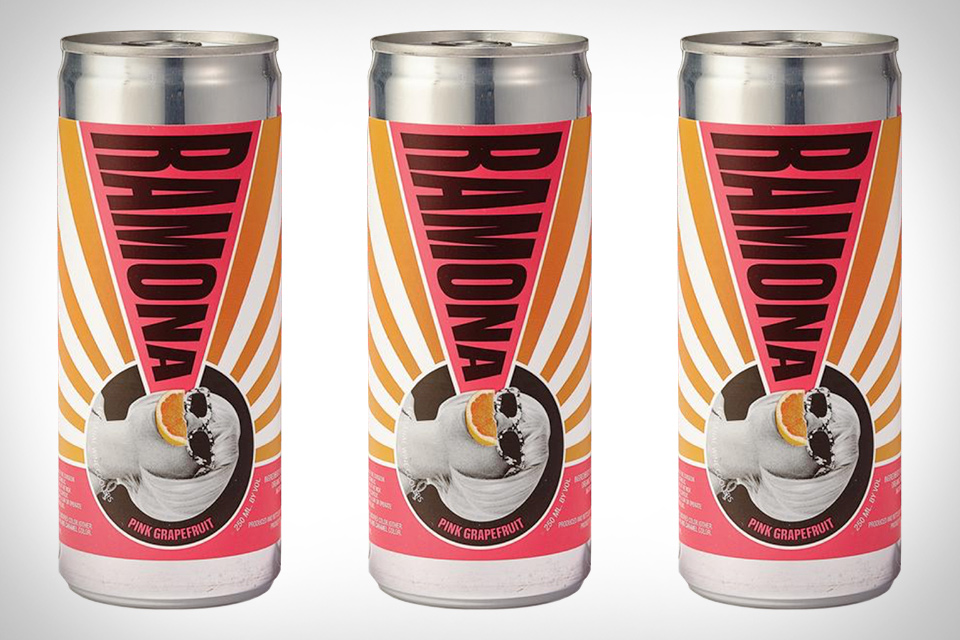
The best wine for Thanksgiving and the holidays: Ramona sparkling wine. Courtesy Photo.
Ramona was founded by Jordan Salcito who’s also the CEO. Before founding Ramona, Jordan was the director of special wine projects for Momofuku and a sommelier at Eleven Madison Park, so it’s no wonder Ramona is so good. (Check out our gift guide for more info on Ramona sparkling wine).
Wine in a box or wine with a screwtop can be very high quality, and incredibly convenient because you don’t need a corkscrew. Wines in a box stay fresh much longer than a bottle of wine that has been opened (unless you have the very fancy and very expensive Coravin wine preservation system – check out our holiday gift guide for more info).
8. What will you be drinking this holiday season?
I’m already drinking Ameztoi rosé. It’s delicious. It’s like salty watermelon juice. They’re from Txakoli in Northern Spain and make an amazing Txakoli rosé.
I generally love the minute effervescence in Txakoli wines. Interesting background – the effervescence that we see in those wines today is actually an historical thing that they replicate now. It used to be that when they would bottle Txakoli, the wine would go through malolactic fermentation in the bottle which would create a little bit of gas after it was bottled. (Malolactic fermentation, or malo, is a secondary fermentation which can happen at any time.) But now they throw a bit of CO2 in the bottles to recreate that same effervescence.
So, usually, wine goes through malo while it’s in the tanks or the barrels, so it’s finished by the time the wine is bottled. But, in Txakoli, they used to bottle the wine so quickly that it wouldn’t have gone through malo before being bottled, hence the slight effervescence in the bottles.
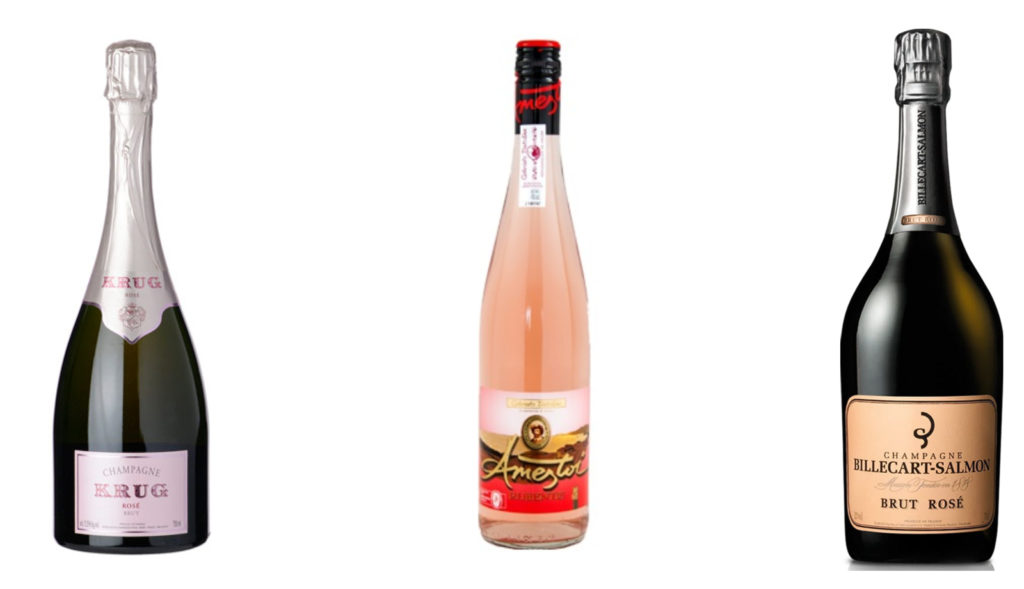
Is rosé just for the summer? No! In fact, why not drink rosé for Thanksgiving and the holidays this year?
I will also be pouring rosé champagne this holiday season. My wife and I are partial Billecart Salmon brut rosé and Krug brut rosé. But there are so many other very good brut rosés out there, just try one or two this year and see which ones you like.
9. Anything else I should be asking you about this?
I’ll just say that producers are making really serious rosés. And not just still rosé, but rosé champagnes. There are so many stupid stigmas in the world about who should drink what – like guys who ask for Manhattans on the rocks because they don’t want to drink out of coups. It’s ridiculous. I think there’s still a stigma about rosé – that it’s not serious, it’s only for summer, it’s sweet like white zinfandel (unlike Turley’s white zin, to be clear!).
Because there are producers making excellent rosés, you’re going to see people cellaring more than just rosé champagne. I’ve had rosés dating back to the late ‘70’s and ‘80’s, and they’re really cool. When they’re really good, they drink like beautifully aged wines. They tend to have this candied strawberry quality to them.
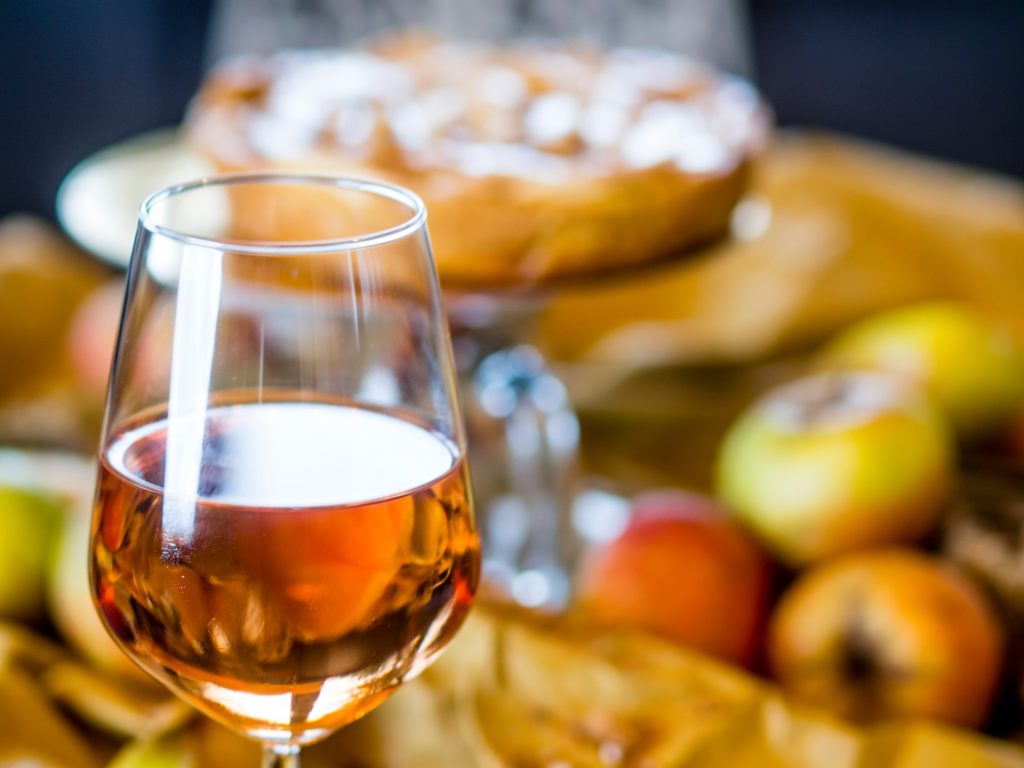
What is the best wine for Thanksgiving and the holidays? Yes, you can you drink rosé for the holidays and for Thanksgiving dinner.
But I’ve never been lucky enough to drink, say, 25-year old Lopez. I’ve had Muga rosé from the mid-80’s and it was really fun to drink. Older rosés get a little more concentration, and similar to older reds, the tanins drop out, leaving a much more lush mouth feel.
Serious rosé is going to have a moment, and it’s overdue.
rosé all day all year, including on Thanksgiving
Aged rosé, rosé champagne, rosé in mid-winter – turns out everything we might have once thought about rosé is totally wrong, dear reader. A glass of rosé is not just for the summer – it can be a delightful micro-luxury on Thanksgiving Day and all through the holiday season. Here’s to a wonderful holiday! We’re raising a glass of sparkling rosé at our gathering this year. Are you in?
join our community!
For access to insider ideas and information on the world of luxury, sign up for our Dandelion Chandelier newsletter here. And see luxury in a new light.

Join our community
For access to insider ideas and information on the world of luxury, sign up for our Dandelion Chandelier newsletter. And see luxury in a new light.

